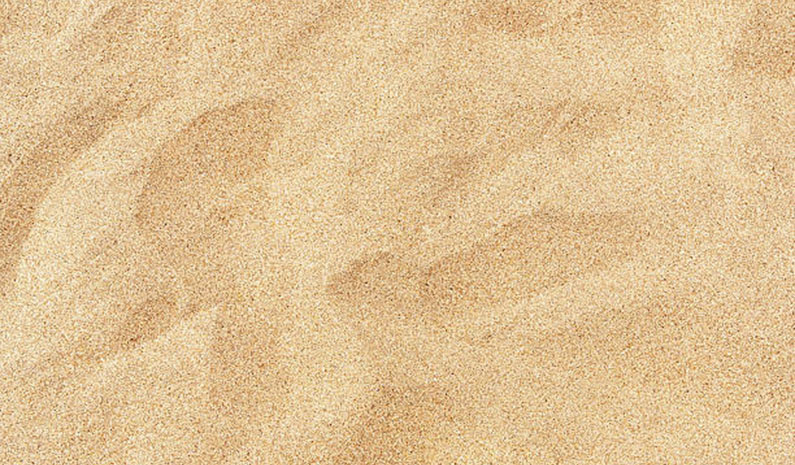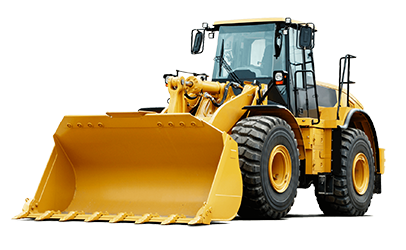- Working Hours: 7.30 AM - 10.30 PM
- Phone: +90 532 446 5207
- E-Mail: info@kuvarskumu.com
Silica Sand

Silica Sand
Silica Sand is one of the most abundant mines in the world. Silica sand is of high hardness. The silica ratios, chemical structures and hardness ratios vary according to the character structure and regions of the mines.
They are quartz (SiO2) particles whose grain sizes vary between 2.00-0.05 mm, formed as a result of the weathering of igneous, metamorphic rocks rich in quartz.
“Silica Sand in our company, in our modern facilities; After washing, screening and drying, all kinds of silica sand and gravel are produced in desired sizes. All colors and sizes are available, from 0-100 microns to 100-120 AFS to 10-15 AFS, from 50 microns to 1mm.”
What's the Difference Between Silica Sand and Quartz Sand?
They often ask what is the difference between silica sand and quartz sand. There is no difference between natural quartz sand and silica sand, except for non-crushed quartz sands. The qualities of silica sand increase or decrease according to the ratio of silicon dioxide and iron oxide in it.
Properties of Silica Sand
Silica Sand has high abrasion, weather resistance and high chemical stability. Thanks to the Tuna silica sands color and chemical purity (min. 99% SIO2), it provides the production of products with the desired performance in the construction industry.
The Uses of Silica Sand
The usage areas of silica sands are very diverse. It is used as a raw material in many fields of industry, sandblasting and construction industry. In addition, silica sand is used in glass production. Silica sand is usually yellow, gray, beige and white. All colors and sizes are available, from 0-100 microns to 100-120 AFS to 10-15 AFS, from 50 microns to 1mm.

